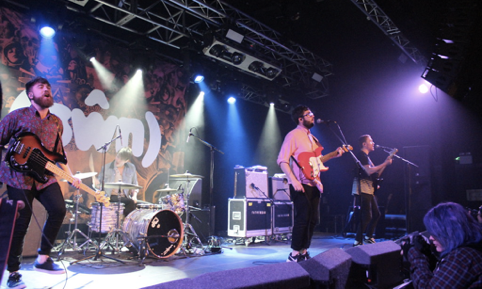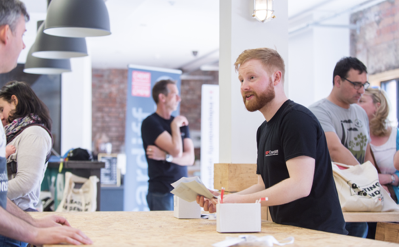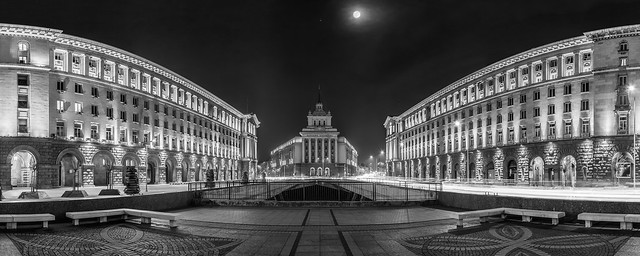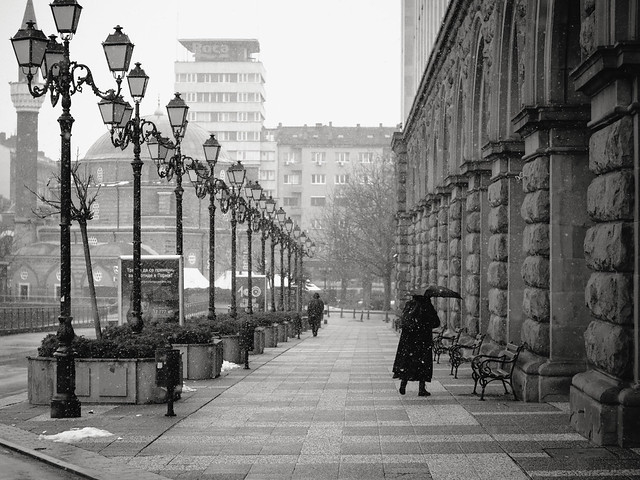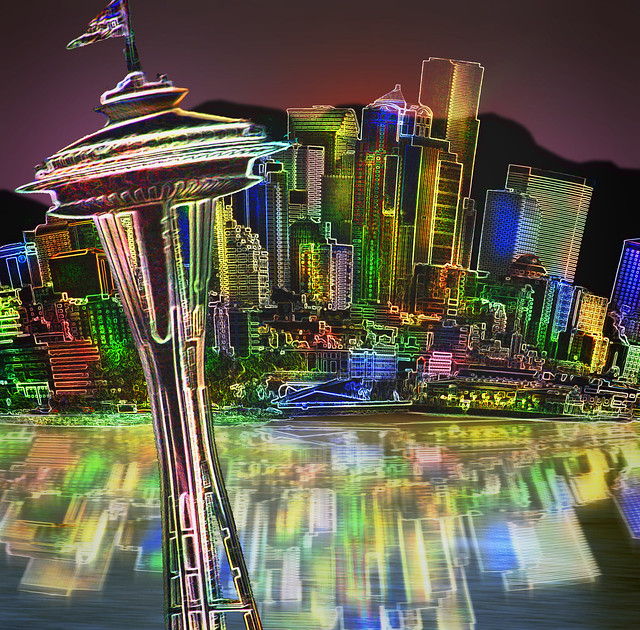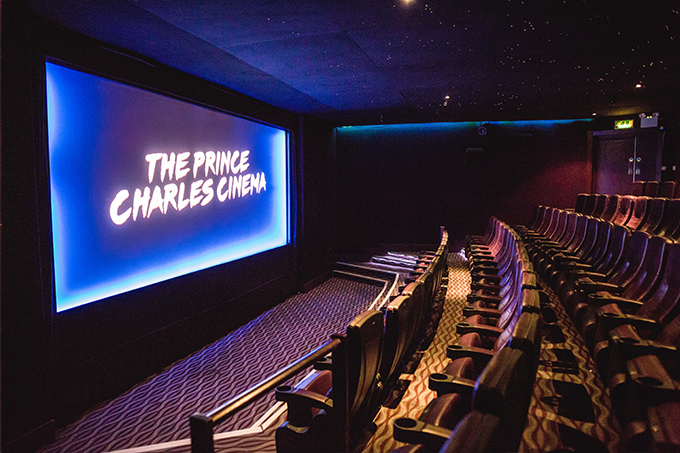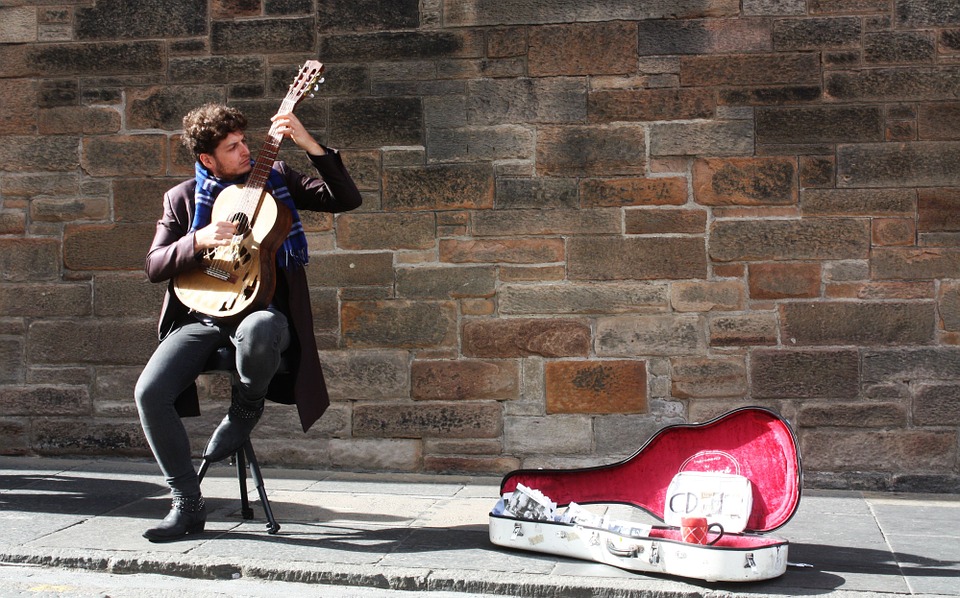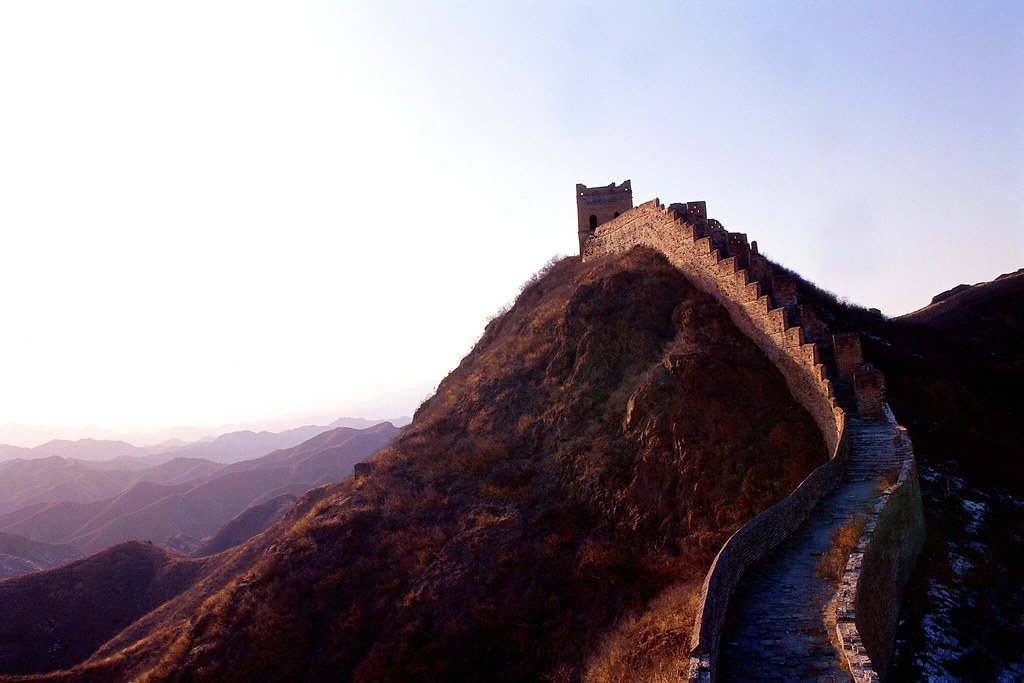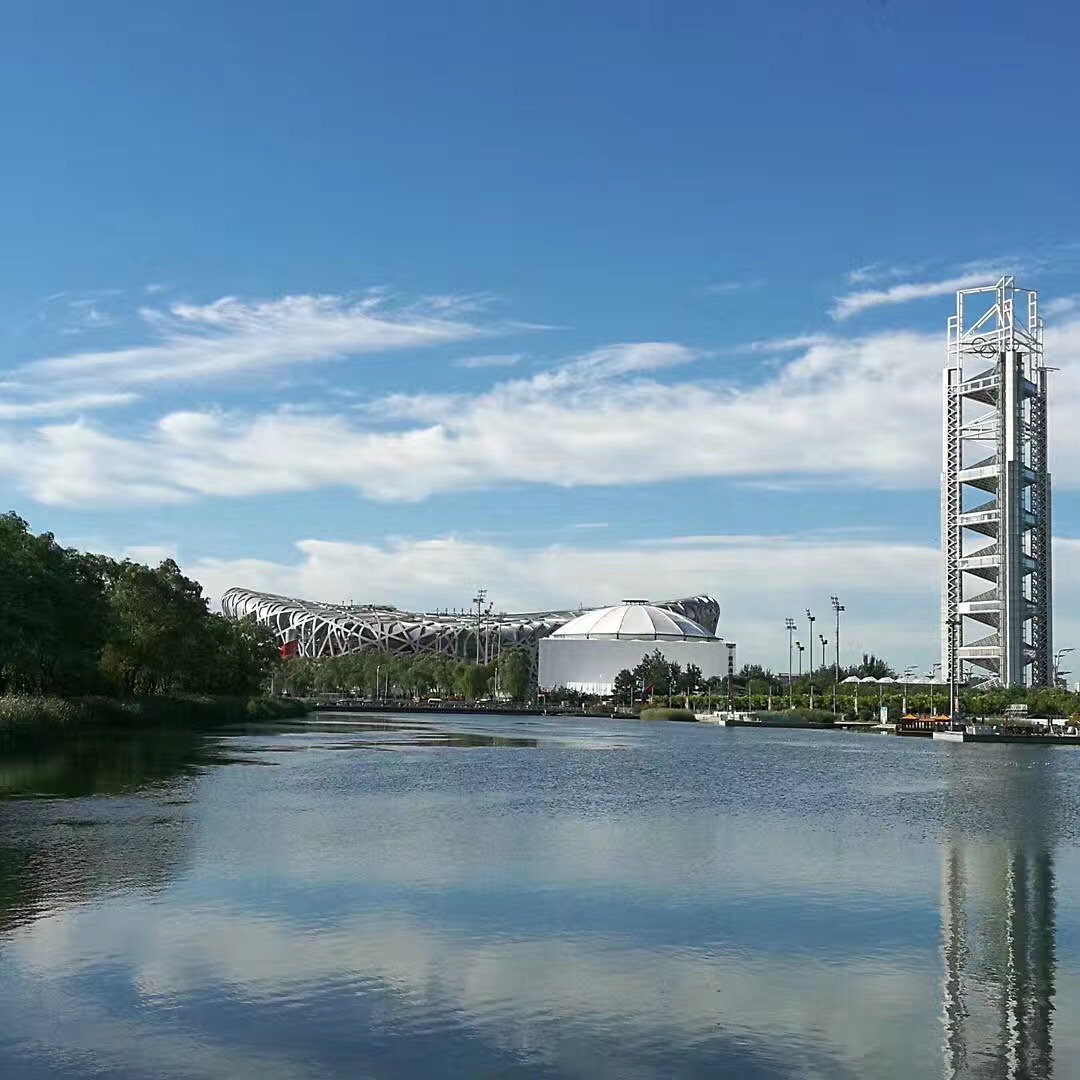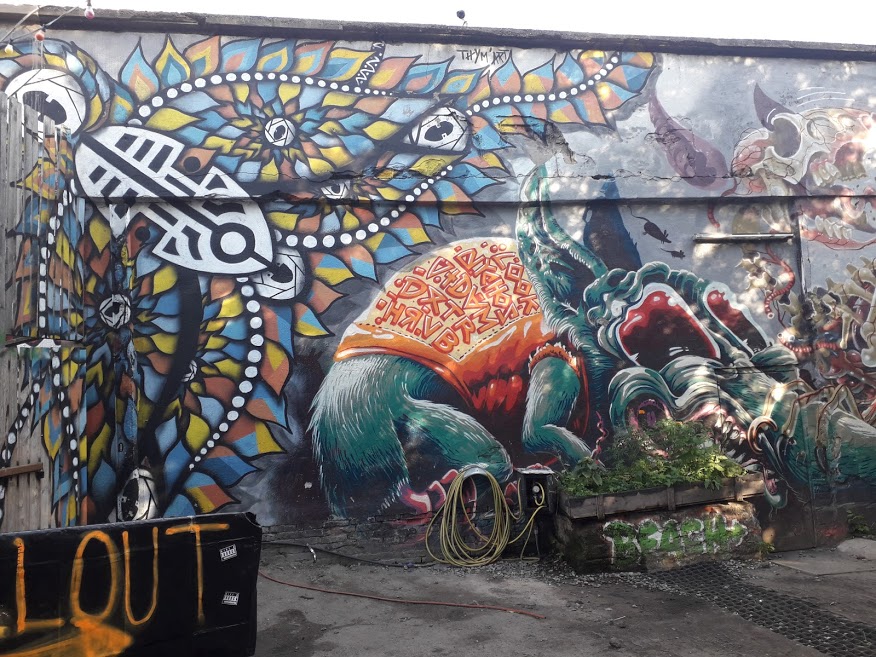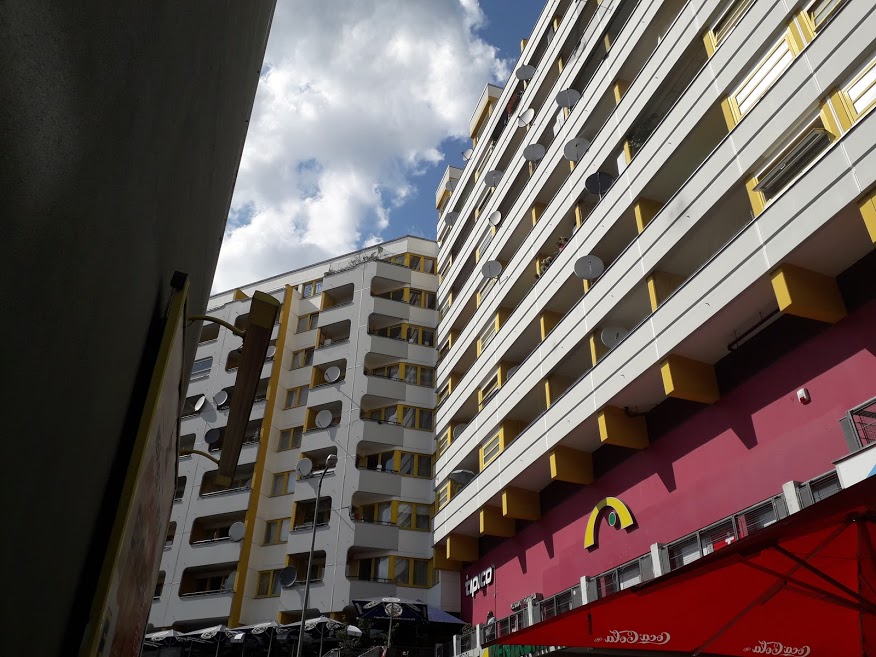Photo Taken by Myself.
Los Angeles – the home of Hollywood and entertainment. Most young actors dream of going to LA and having their ‘big break’ in a Hollywood movie. After visiting the city a few years ago, I have seen myself the amount of culture and creativity the city has, after all it is a hub for filmmakers.
LA is a truly beautiful and buzzing city full of opportunities. It attracts people from all over the world. It is a creative city; with museums, galleries, buildings, and not forgetting Hollywood. Tourists visit this city to experience a new life, whether that be embracing the variety of cultures or the thrill of walking in the shoes of their favourite celebrity. It has something for everyone.

Film
It is undeniable that the film industry is huge in LA; just thinking of LA evokes a picture of Hollywood. Although the film industry is everywhere, LA (to me anyway) has always felt like the centre. Creative people, especially those wanting to work within film tend to migrate to LA. With their six iconic studios (UNESCO 2015) all being there it seems logical for an aspiring actor or director to want to go there.
These companies offer so many people opportunities. The film industry has such an array of jobs on offer for all creative types, whether wanting to be a director or set designer. All are welcome to contribute their creativity to the film industry.
In films and TV shows actors move to the city to try their luck, such as Penny in The Big Bang Theory (2007-2019). This is reminiscent of real-life actors who move to LA for the chance of a lifetime. There is so much praise for actors in this city. If they are successful, then they could end up on the iconic Walk of Fame or have handprints outside the Chinese Theatre like other celebrities, not to mention moving to Beverly Hills and living the life of luxury. There is no discrimination, people from all cultures are celebrated.

It is not just actors in Beverly Hills though. There are musicians, sports personnel, presenters – a wide variety! Beverly Hills offers an insight into the ‘movie star’ lifestyle.
Fashion
Famous people, like everyone, shop. Rodeo Drive is THE place celebrities or rich people in LA go to shop. It is full of designer brands such as Chanel, YSL and Michael Kors. All the celebrities wear these clothes and so end up becoming a walking advertisement for the shops there.
Rodeo Drive is home to the most expensive shop in the world – House of Bijan. Created by Bijan Pakzad in 1976, the store has been a permanent resident of Rodeo Drive and has catered to stars such as Arnold Schwarzenegger and even Prince Charles! The shop is so fancy that clients must have an appointment before entering – I know, INSANE!
Creative for everyone?
LA is described as a ‘happening’ city – but is it only this way for the rich? I wonder if the film industry overshadows other creative aspects of the city. LA is huge and can offer so much to creative people yet is mainly associated with Hollywood and the rich. There are so many aspects of the city that are creative, like The Venice Art Walls at Venice beach. These walls are covered head to toe in graffiti. Although technically illegal, these artists are still talented and are being creative wherever they can.
An article by Miranda (2015) says that the creative arts in public schools are not funded properly meaning children are not getting the opportunity to explore their creativity. With such a successful creative industry, why is the city not educating children in this area?
What do you think? Does the film industry overshadow the rest of the creative and cultural industry in LA?







